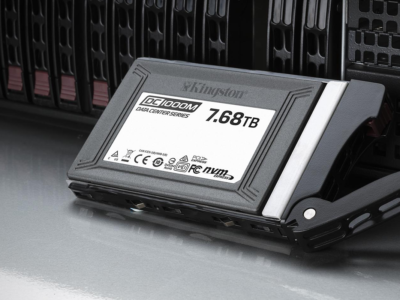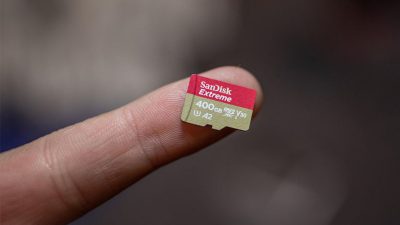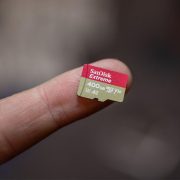WD SSD
redesigned My Passport range
Western Digital, the industry-leading provider of storage technologies, has finally released its first ever range of consumer-focused SATA Solid State Drives.
For many years the company has been offering traditional HDDs as the main storage solution for the consumer market. But now, it seems they have finally acknowledged that SSDs are also becoming mainstream products and are not exclusively relevant to a high-end niche.
The new drives are divided into “Blue” and “Green” categories and come in both traditional 2.5-inch and M.2 form factors.
WD Blue SSD
The Blue SSD is designed for power users. The drive is optimised for multitasking and resource-heavy applications. With read speeds up to 545MB/s, write speeds up to 525MB/s, and endurance up to 400 TBW, the WD Blue SATA SSD delivers fast system boot times and less load time. The drive is available in 250GB, 500GB, and 1TB capacities with prices ranging from $79.00 USD to $299.00 USD for the 2.5-inch model and from $89.99 to $319.99 for the M.2.
WD Green SSD
The Green SSD fits more into the entry level market since it provides the optimal performance for everyday use. The drive delivers an ultra-low power draw, enabling PC users to work longer between battery charges. The WD Green range comes in 120GB and 240GB variants. The drive features sequential read/write times of up to 540MB/s and 405MB/s and endurance up to 80TBW. There is no information about WD Green’s price range or the availability date. Western Digital only mentioned that the drive will be released later this year and will presumably be cheaper than WD Blue.
Both WD Blue and WD Green SSDs are protected by a 3-year limited warranty.
Western Digital will continue to sell traditional hard drives like the newly redesigned My Passport range. However, the move into consumer SSDs suggests that the company wants a broader and more modern product offering.
You can find a selection of SSD drives in our shop.





















On the basis of this report these WD SSD drives look expensive and limited in storage capacity compared to currently available ext HDs.
Hi Michael,
Thanks for your comment 🙂
I would like only to mention that although SSDs and HDDs serve the same purpose, their underlying technology is different.
SSDs are newer, and quite recently started to also be common in the consumer market. This explains the price difference.
But over time, the prices will eventually come down.
Anastasia